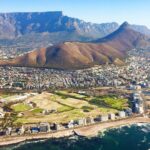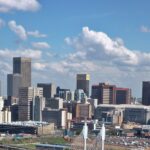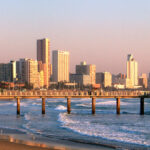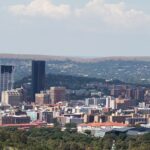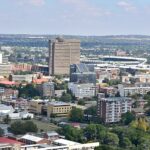East London
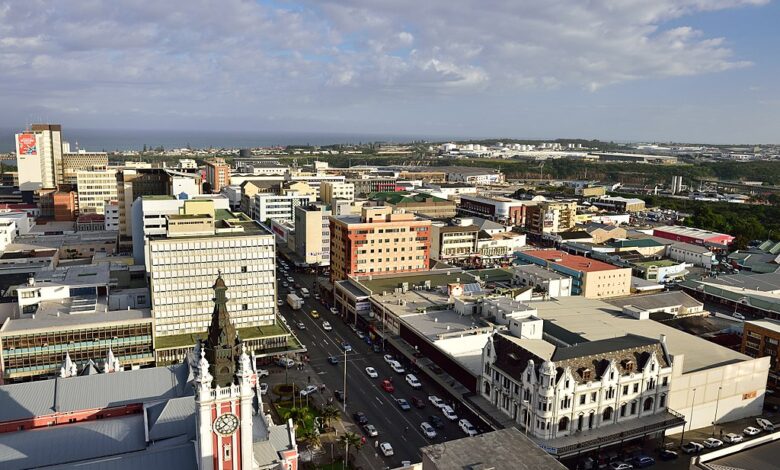
East London, a port city situated in the Eastern Cape province of South Africa, is positioned at the mouth of the Buffalo River along the Indian Ocean.
Originally known as Buffalo Harbour, the British first explored the area in 1836 and named it Port Rex. During the seventh Cape Frontier War in 1846, it served as a vital supply base. Following this, in the subsequent year, the construction of Fort Glamorgan (now serving as a prison) took place, and the location was officially annexed to the Cape Colony as the Port of East London. The city experienced growth and prosperity with the arrival of German settlers in the late 1850s. It achieved town status in 1873 and was later designated as a city in 1914.
Situated predominantly on the east bank of the river, East London features wide, straight streets and lush gardens. It serves as a terminus for the South African Railways line catering to the goldfields of the Free State province. The city boasts beach resort facilities, a thriving fishing industry, and a diverse manufacturing sector. The East London Museum, established in 1921, houses a notable natural history collection. The municipal administration of East London falls under the jurisdiction of the Buffalo City Municipality.
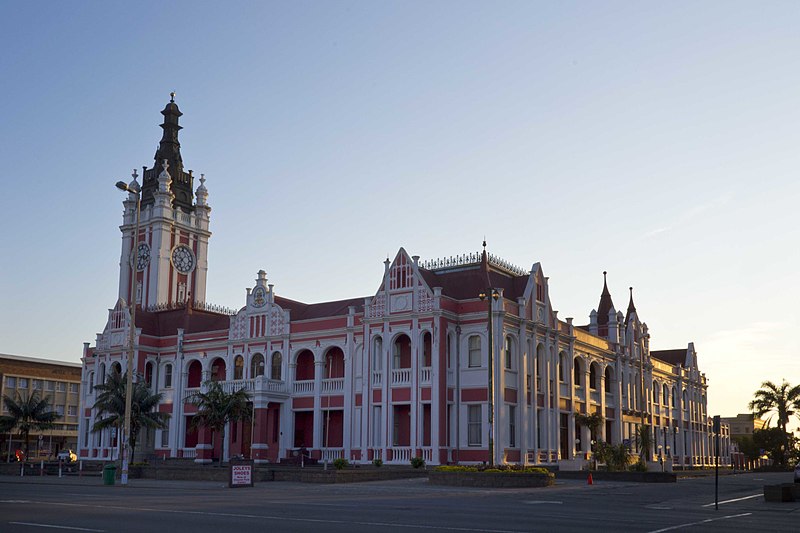


Map view
Recommended Hotels
More about this city
| ID |
|---|
| 131093 |
| Name |
| East London |
| State ID |
| 938 |
| State Code |
| EC |
| State Name |
| Eastern Cape |
| Country ID |
| 204 |
| Country Code |
| ZA |
| Country Name |
| South Africa |
| Latitude |
| -33.01529000 |
| Longitude |
| 27.91162000 |
| WikiData ID |
| Q209537 |
